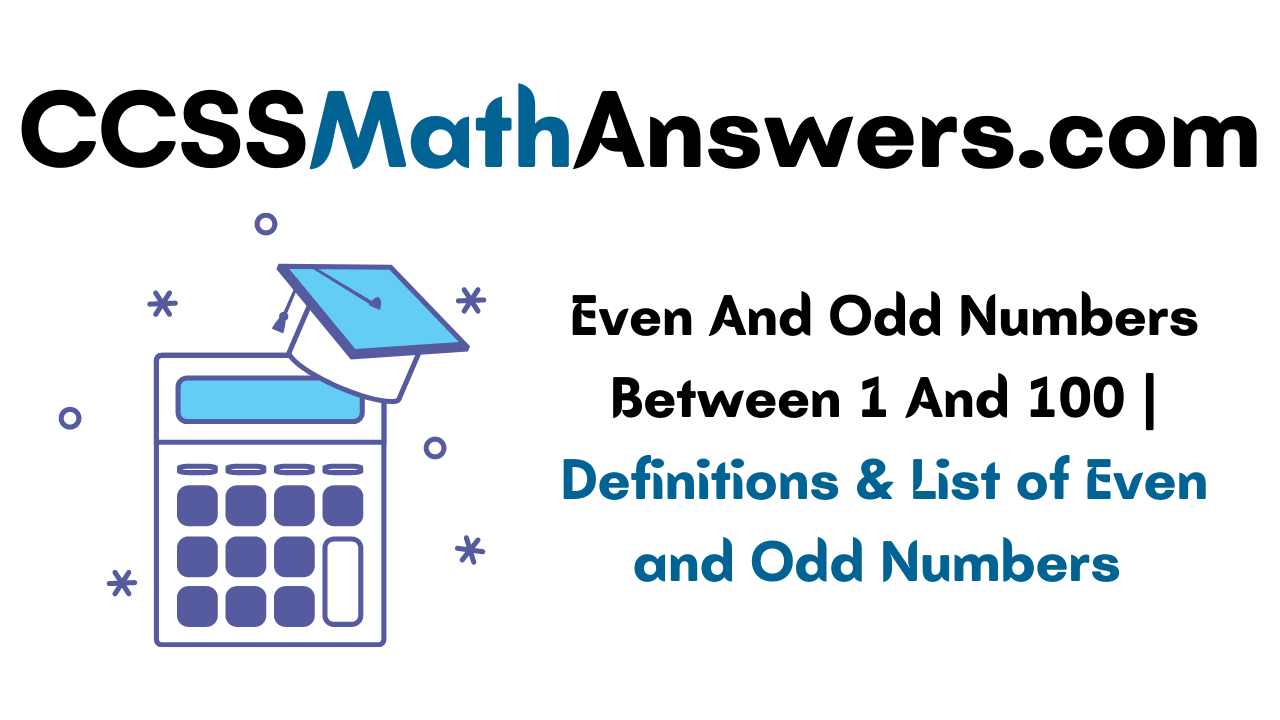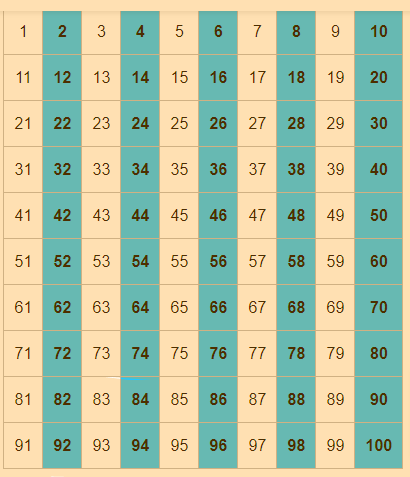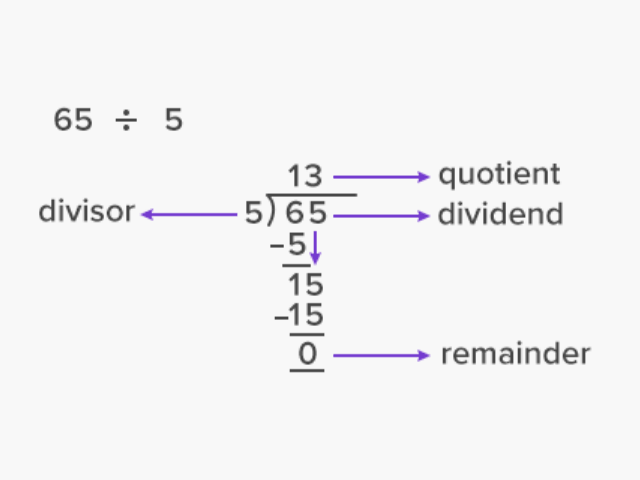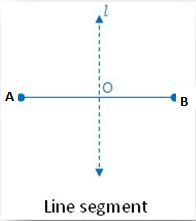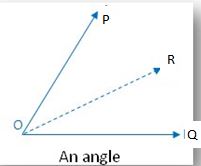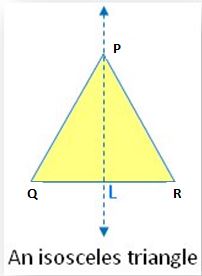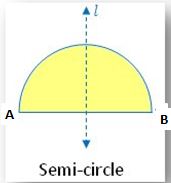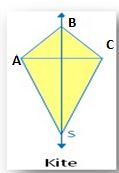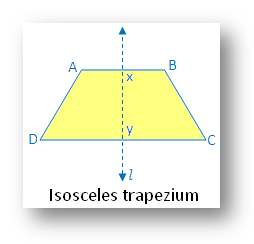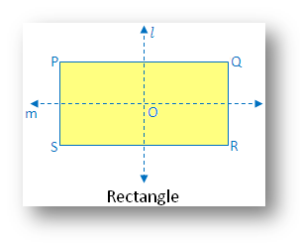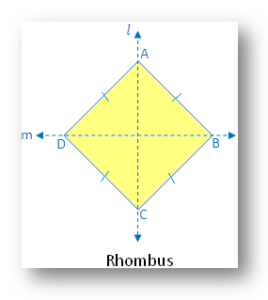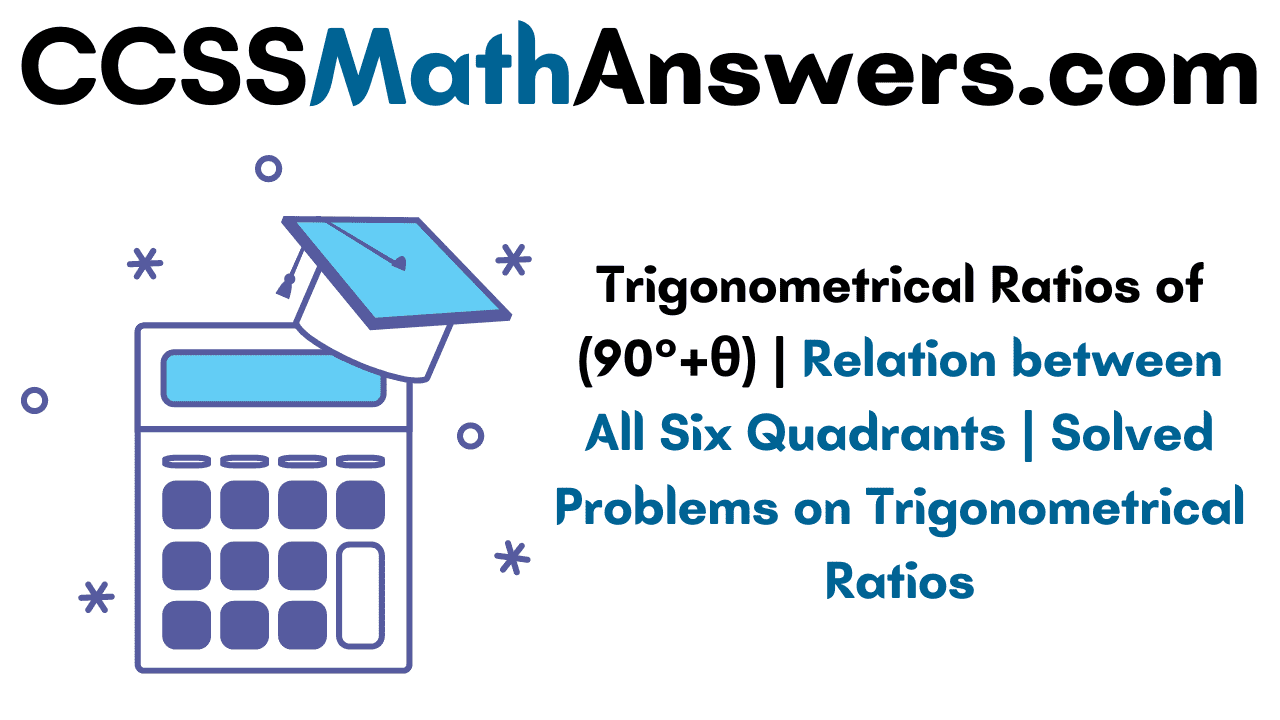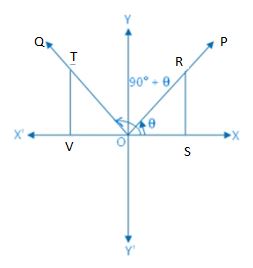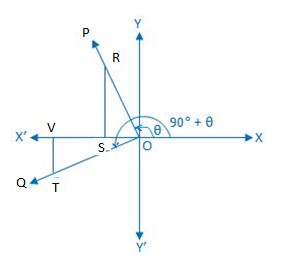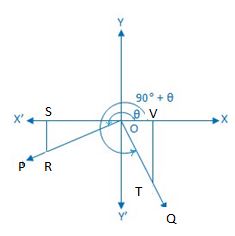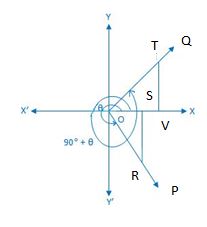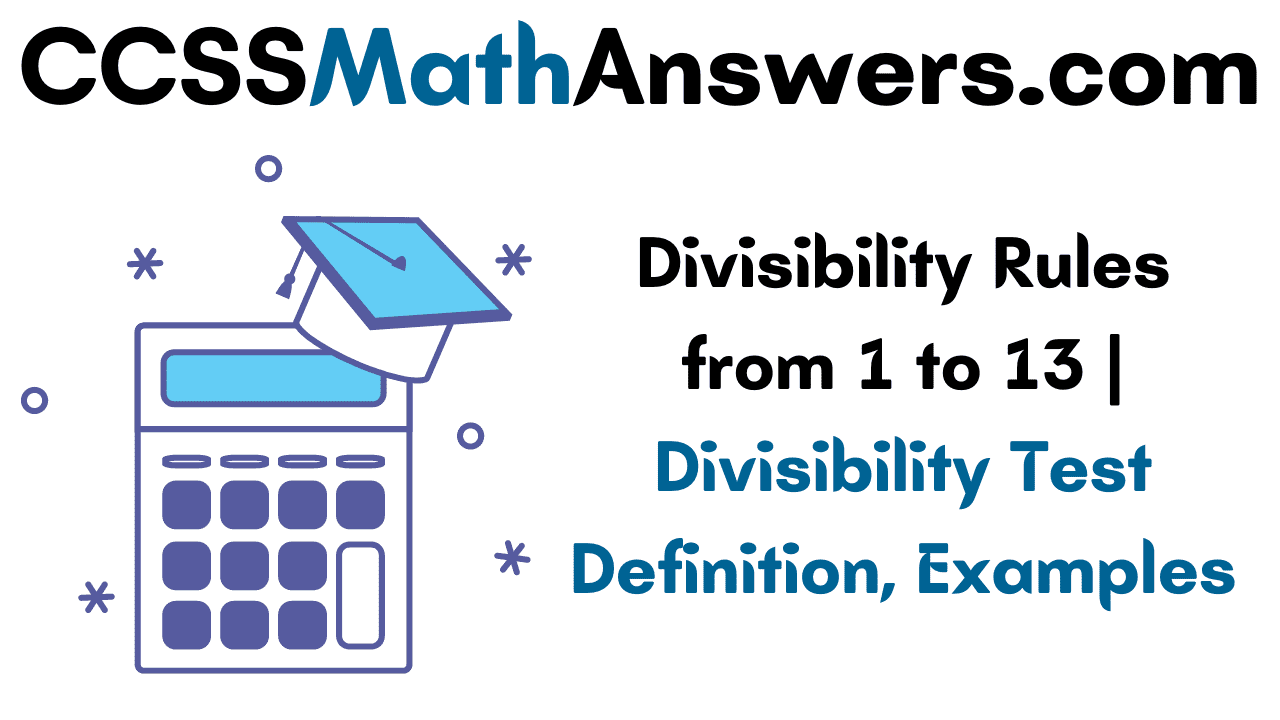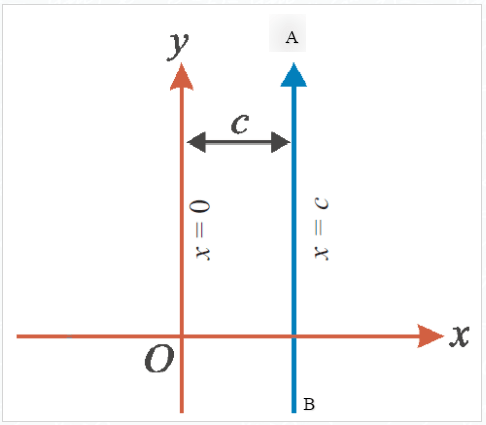Know the probability of tossing three coins here. Follow the various terminology and methods involved in probability. There are various methods for tossing three coins. Check all the important formulae, fundamental counting theorem to find the probability in the later modules. Furthermore, you can get an idea of how to find the number of possible choices. Also, find the solved examples of finding the probability of 3 coins with solutions.
Tossing of 3 Coins
When you toss 3 coins simultaneously, the possibility of outcomes are (HHT), or (TTH) or (HHH) or (THT) or (THH) or (HTH) or (HTT) or (TTT), where H is called the heads and T is called the tails.
Therefore, the total number of toss for outcome = 23=8
Important Formulae
- The possible outcomes of tossing 3 coins are {(HHT), or (TTH) or (HHH) or (THT) or (THH) or (HTH) or (HTT) or (TTT)}
- The total no of possible outcomes = 8
- The probability of getting at least one head = number of possibilities of heads as outcome/total no of possibilities = 3/8
- The probability of getting at least two heads = number of possibilities of 2 heads as the outcome/total no of possibilities = 3/8
- The probability of getting no tail = number of possibilities of no tail as the outcome/total no of possibilities = 1/8
Fundamental Counting Theorem to find the Probability
To find the number of possible choices, the complete event of tossing coins is divided by the events of tossing each coin. The outcomes of the event of tossing the coin multiple times are similar to the event of tossing multiple coins.
Example: Tossing the coin for 4 times is similar to tossing 4 coins at once.
How to find the Number of Possible Choices?
When the coin has tossed, there are 2 possible outcomes, which shows either a tail or head.
The event is denoted with the letter (E)
For the Total Event
The total event is the event of tossing the first coins.
1st Sub-Event
The 1st event of tossing the first coins
This event can be defined in 2 ways
n(SE1) = 2
2nd Sub-Event
The 2nd event of tossing the second coin
This event can be defined in 2 ways
n(SE2) = 2
Total number of possible choices
n(E) = n(SE1) * n(SE2) * n(SE3)…
The sequence continues as many possibilities are present.
2 * 2 * 2 * 2…
2(number of coins)
Probabilities of Tossing Coins
- The probability of coin-flipping for 2 times and getting 3 tails in a row
- In case you flip the coin 2 times, finding the probability of getting exactly 3 tails.
- The probability of getting 3 tails while flipping 2 coins.
- The probability of getting exactly 3 tails when a coin is tossed 2 times.
- Finding the probability of getting at least 3 tails when a coin is tossed 2 times.
Probability of Tossing or Flipping Three Coins Examples
Problem 1:
When two of the unbiased coins are tossed, what is the probability of both showing head?
Solution:
As given in the question,
No of unbiased coins are tossed = 2
The probability of showing both heads is
P(E) = No of favourable outcomes/Total no of outcomes
Total no of outcomes is represented with sample space (S)
S = {HH, HT, TH, TT}
n(S) = 4
P(E) = 1/4 = 0.25
Problem 2:
Three coins are tossed, then find the probability of getting at least two heads?
Solution:
As given in the question,
No of coins = 3
Sample set (S) = {HHH, HTT, HHT, HTH, THH, THT, TTH, TTT}
The set of the favourable outcomes is denoted by E
E = the probability of getting at least two heads
E = { HHH, HHT, HTH, THH} = n(E) = 4
The probability of getting at least two heads = No of favourable outcomes/Total no of outcomes
P (at least two heads) = 4/8 = 1/2 = 0.5
Problem 3:
Three coins are tossed, then find the probability of getting at least one head?
Solution:
As given in the question,
No of coins = 3
Sample set (S) = {HHH, HTT, HHT, HTH, THH, THT, TTH, TTT}
The set of the favourable outcomes is denoted by E
E = the probability of getting at least one head
E = { HHH, HHT, HTH, THH, HTH, THH, THT, TTH} = n(E) = 7
The probability of getting at least two heads = No of favourable outcomes/Total no of outcomes
P (at least two heads) = 7/8
How to find the Probability of Tossing Coins?
To find the probability of tossing coins, we have to follow various steps. They are listed in the below fashion and you can follow them to arrive at the solution easily.
- Analyse the question and check for the sample space.
- Now, note down the sample space (Total no of outcomes)
- Find the favourable part by following the question and note down the event space.
- Use the definition of probability i.e., No of favourable outcomes/Total no of outcomes and substitute the values in it.
- Hence, get the final result and know the probability of tossing the coins.
Various Events of Tossing 3 Coins
1. A coin is tossed 3 times or 3 coins are tossed at a time and the results or the final value is recorded. Find the probability of finding the events?
A fair coin is tossed thrice or 3 unbiased coins are tossed at a time.
The sample space for the event is
Sample set (S) = {HHH, HTT, HHT, HTH, THH, THT, TTH, TTT}
Therefore, n(S) = 8
a) Event of getting exactly one head
Let C be the event of getting exactly one head
Therefore, C = { HTT, THT, TTH}
n(C) = 3
From the definition, the probability of getting exactly one head
P(C) = n(C)/n(S) = 3/8
Thus, the probability of getting exactly one head = 3/8
b) Event of getting exactly two heads
Let A be the event of getting exactly two heads
Therefore, A = {HHT, HTH, THH}
n(A) = 3
From the definition, the probability of getting exactly two heads
P(A) = n(A)/n(S) = 3/8
Thus, the probability of getting exactly two heads = 3/8
c) Event of getting all heads
Let B be the event of getting all heads
Therefore, B = (HHH)
n(B) = 1
From the definition, the probability of getting all heads
P(B) = n(B)/n(S) = 1/8
Thus, the probability of getting all heads = 1/8
d) Event of getting two or more heads
Let X be the event of getting two or more heads
Therefore, X = { HHH, HHT, HTH, THH, HTH, THH, THT, TTH}
n(X) = 7
From the definition, the probability of two or more heads
P(X) = n(X)/n(S) = 7/8
Thus, the probability of getting two or more heads = 7/8
e) Event of getting at least 1 head
Let B be the event of getting at least 1 head
Therefore, B = (HTT, THT, TTH, HHT, HTH, THH, HHH)
n(B) = 7
From the definition, the probability of at least 1 head
P(B) = n(B)/n(S) = 7/8
Thus, the probability of getting at least = 7/8
f) Event of getting atmost 2 heads
Let Y be the event of getting atmost 2 heads
Therefore, B = (HTT, THT, TTH, HHT, HTH, THH)
n(Y) = 6
From the definition, the probability of getting atmost 2 heads
P(Y) = n(Y)/n(S) = 6/8
Thus, the probability of getting atmost 2 heads = 3/4

